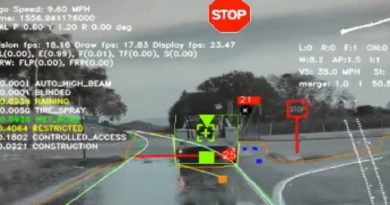India Reportedly Tested Its First Hypersonic Scramjet Vehicle
India reportedly tested its first hypersonic scramjet at Mach 6, possibly too fast to shoot down.
India may have just joined the hypersonic scramjet club with its first flight-test of its Hypersonic Technology Demonstrator Vehicle, according to a Monday press release from the nation’s Ministry of Defence.
India’s Hypersonic Technology Demonstrator Vehicle (HSTDV) reportedly took to the air from the “Dr APJ Abdul Kalam Launch Complex” at Wheeler Island with a scramjet engine on Monday — at 11:03 AM, local time, reports The Drive.
Scramjets generally only work at high speeds, which means they need a booster — typically a rocket booster — to accelerate to full operating velocity. Once it’s reached a good clip, the scramjet — a jet in which airflow remains supersonic as it moves through the engine — activates, accelerating the vehicle to speeds of Mach 5, or higher.
The HSTDV was launched aboard an Agni-I rocket — scarcely different than a short-range ballistic missile — which lifted the vehicle to an altitude of 18.6 miles (29.9 km) and the requisite hypersonic velocity, according to the press release from India’s Defence Research and Development Organisation (DRDO).
When this happens, the aerodynamic heat shields fall away as the cruise vehicle undocks from the launch vehicle. The scramjet’s air intake deploys as the vehicle flies for more than 20 seconds at a speed of roughly Mach 6. Kerosene powers the scramjet engine.
“The critical events like fuel injection and auto ignition of scramjet demonstrated technological maturity,” announced the DRDO. “The scramjet engine performed in a textbook manner.”
The hypersonic scramjet vehicle has a short range, and as of writing carries no warheads. But an anti-ship missile built on the same technology could have a range of several hundred miles. However, increased velocity could come at the expense of range.
The tactical value of hypersonic missiles lies in their speed: objects at high velocity are extremely difficult to counter. If India did launch its first hypersonic scramjet vehicle, it joins a highly-exclusive club, consisting of Russia, China, and the United States. War is changing, but, as always, the most advanced military powers in the world are pushing the envelope in aerospace technology.
Source:https://interestingengineering.com




